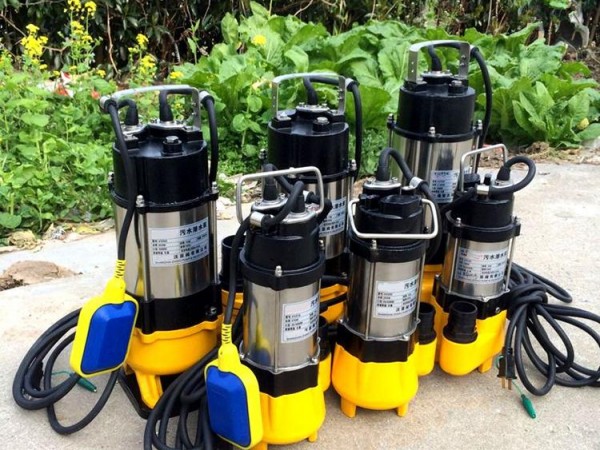02
Sep

As a home owner, I believe you are always trying to keep your house safe and protected from different elements. But despite the efforts, accidents do happen from time to time which can result in damages either inside or outside the house. For example, consider water leaking. A breakdown of a pipe can easily turn your basement into a swimming pool in just a couple of minutes, damaging all of your possessions there. To avoid such situations, you have to be prepared with all the right tools and have a backup plan. Such great investment is a submersible sewage pump. It is a device that finds its usage in a variety of situations, not just inside but outside the home as well.
There are a lot of different models of sewage pumps but basically, they all work on the same principle. The device takes the water through a suction opening and using a hose, it pumps it to a higher area. Today the market offers a variety of submersible sewage pump models that have different features, and of course, are designed for different purposes. Therefore, before shopping, determine why you need the pump so that you make the right choice.
Pumps for dirty water – If there is a lot of dirty water in your outdoor space that needs to be pumped immediately, make sure to choose a submersible sewage pump that is specifically designed to pump water that has heavy dirt deposits. When shopping, check the maximum grain size the device can work with so that you know how big particles can pass through the machine. The most common uses of a submersible sewage pump are for cleaning septic and sewage systems as well as in cases of a flood.
Pumps for clear water – Most of the pumps you will find available on the market are designed for clean water pumping. With a submersible pump you can collect rainwater in a tank and then pump it to another container or even into a hose and use it to water your garden for instance. This machine can also help you in case of water leaking in the basement. However, if using a pump for clear water, make sure you check the level of debris and dirt in the water so you can see whether the pump can handle it. Water in flooding situations usually contains a lot of dirt, so if your submersible sewage pump is intended for clear water, it may not be able to pump it.
Pumps for garden pond – The beauty of owning a house is having a garden that will always give you something beautiful to gaze at. Garden ponds and fountains surely make for a nice sight, but they do require some work in order to be well maintained. If you plan on creating one, you will certainly need a submersible pump to pump the water to the filter. This is a great tool for such applications due to its ability to be placed directly into the water. Moreover, there are pumps for garden fish ponds and these are divided into models for salt and fresh water.
Pumps for wells – Bringing up the water from a spring or well is another way to use a submersible pump. Most of the time this water will be used in your home plumbing system. However, not all pumps are suitable for deep groundwater levels. The suction head is an indicator of how far the water can be below the level of the pump. In case the pump is in the water, the suction head will be close to zero which makes submersible pumps the preferred choice for deep wells.